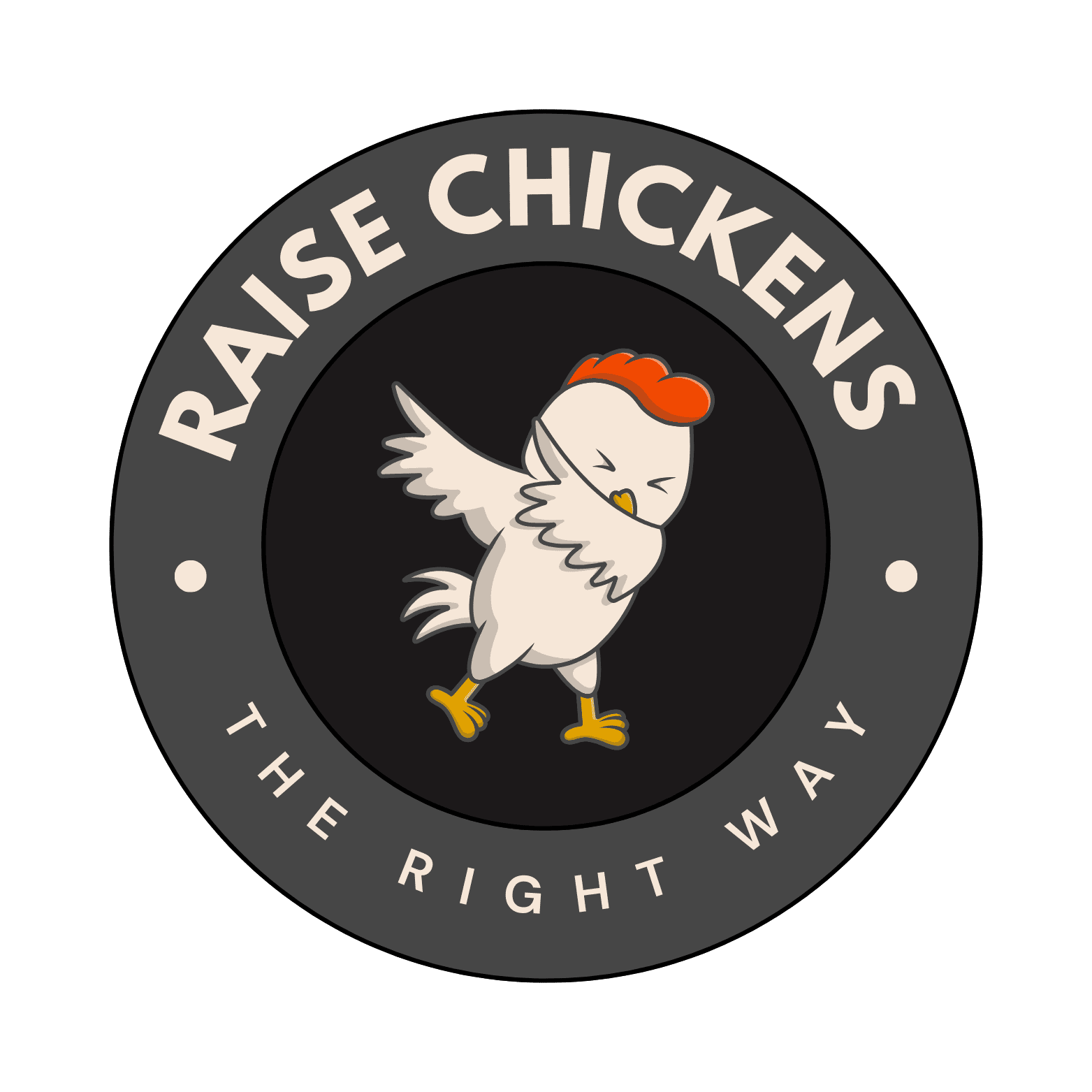Throughout my 20+ years of raising chickens, I’ve dealt with various diseases, but Infectious Coryza has always been one of the trickiest to manage. Today, I’ll share my firsthand experience with this challenging respiratory disease that’s been giving backyard chicken keepers nightmares for years.
What Is Infectious Coryza?
Let me break this down in simple terms. Infectious Coryza is basically like a severe cold for chickens, but trust me, it’s much more serious than that. It’s caused by a bacteria called Avibacterium paragallinarum (previously known as Haemophilus paragallinarum). I’ve seen this disease sweep through entire flocks within days, which is why I can’t stress enough how important early detection is.
Recognizing the Symptoms
When it comes to spotting Infectious Coryza, here are the telltale signs I’ve learned to watch for:
Why This Disease Is Such a Headache
I’ll never forget the first time Coryza hit my flock. What makes this disease particularly frustrating is its highly contagious nature. One morning you might notice a single chicken with a slightly swollen face, and before you know it, half your flock is showing symptoms. It spreads through direct contact, contaminated water, and even through the air when chickens sneeze.
Treatment Options That Actually Work
Over the years, I’ve learned that while treating Infectious Coryza isn’t always straightforward, there are several effective approaches. The first thing I always do is isolate affected birds – this isn’t just a suggestion, it’s absolutely crucial. I’ve set up a separate “quarantine coop” specifically for this purpose.
When it comes to antibiotics, I’ve had success with several options prescribed by my vet. However, here’s something important you should know: while antibiotics can help manage symptoms, they won’t completely cure the infection. Some birds can become carriers even after recovery, which is why prevention is so important.
My Step-by-Step Treatment Protocol
Here’s the exact process I follow when dealing with an outbreak:
Prevention: The Best Medicine
I’ve learned the hard way that preventing Infectious Coryza is far easier than treating it. I now implement strict biosecurity measures on my farm. This includes limiting visitors to my chicken areas, using dedicated boots and clothing for chicken care, and quarantining any new birds for at least 30 days before introducing them to my flock.
Long-Term Impact on Your Flock
Here’s something that took me years to fully understand: even after recovery, your flock might never be quite the same. I’ve noticed that previously infected birds often show reduced egg production and are more susceptible to other respiratory infections. That’s why I’m extra vigilant about prevention these days.
Common Mistakes to Avoid
Through my experience, I’ve seen people make some common mistakes when dealing with Coryza. Don’t rush to reintroduce recovered birds to your healthy flock – I always wait at least a month. Also, don’t assume
